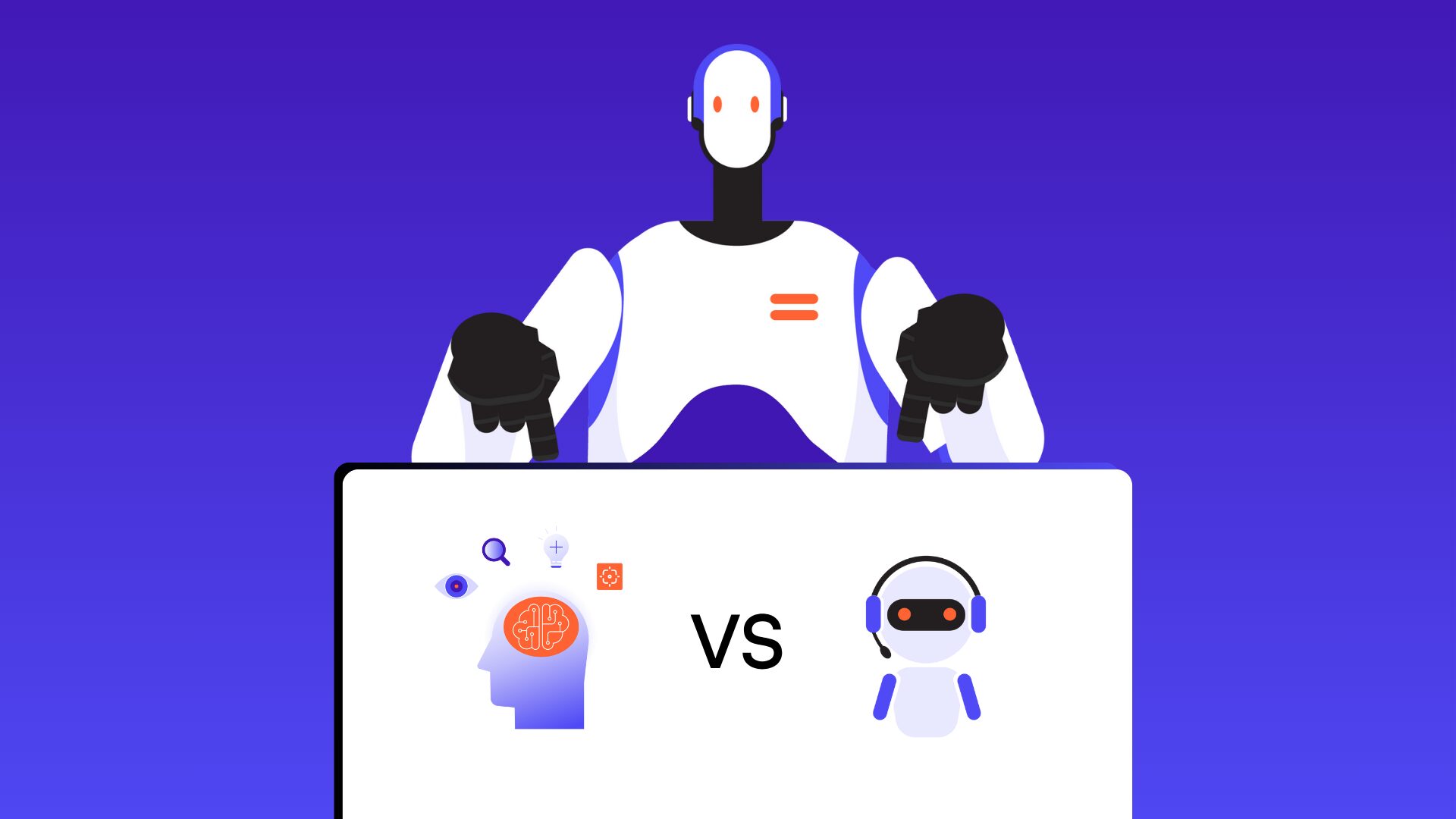Imagine a world where transitioning to new technologies or platforms is smooth and disruption-free. Such a world exists, and seamless migration and integration are at the heart of it. In this article, we will detail the key benefits of seamless migration and integration, the potential challenges businesses may face, and the best practices for achieving them.
The Importance of Seamless Migration and Integration
Seamless migration and integration are crucial in the digital age due to the numerous benefits they bring to businesses. A smooth transition to new technologies or platforms enhances efficiency, boosts productivity, and enriches the customer experience while reducing operational costs. On the contrary, an approach that lacks seamlessness can result in disruptions, operational inefficiencies, increased downtime, and the risk of data loss. Therefore, prioritizing seamless migration and integration is essential for companies aiming to thrive in today’s digital landscape.
Best Practices for Seamless Migration and Integration
Businesses must follow best practices throughout the migration and integration process to achieve a smooth transition. The first step is thorough planning and assessment, identifying migration needs, and setting clear objectives. Businesses should consider data transfer and application migration strategies and cloud deployment models that minimize disruptions and ensure data integrity. Testing and validation procedures ensure seamless integration, allowing companies to identify and address potential issues before they impact operations. Finally, post-migration optimization and ongoing performance monitoring are essential in maximizing the benefits of migration and integration.
At TeKnowledge, we combine our extensive experience with the latest best practices to guide businesses through migration and integration. We work with companies to understand their needs and tailor our approach to ensure a smooth and seamless transition.
Managing Complexities of Seamless Transitions
While seamless migration and integration are undoubtedly essential in this new digital age, while the benefits are clear, the journey has its challenges. Here are some of the critical challenges that organizations face in this transformative process:
- Technical Complexity: Integrating complex legacy and modern IT systems can be technologically challenging.
- Tight Deadlines: Aggressive migration schedules can undermine smooth integration.
- Data Migration: Transferring data between systems while maintaining accuracy and consistency is difficult.
- User Adoption: Getting users to adopt new integrated systems rapidly requires training and encouragement.
- Budget Constraints: Migrations can exceed cost estimates if complex integrations are required.
The Role of Automation and Orchestration in Achieving Seamless Migration
Automation and orchestration solutions play a significant role in streamlining the migration and and integration process. By leveraging automation tools and technologies, businesses can reduce manual efforts and accelerate the overall transition. Many IT service providers utilize a range of automation solutions, such as robotic process automation (RPA), infrastructure as code (IaC), and software-defined networking (SDN), to streamline the process and ensure a successful migration and integration. With the help of a third party, businesses can enjoy a seamless transition to new technologies and implement a strong infrastructure while minimizing costs and reducing operational inefficiencies.
Monitoring Key Indicators of Migration Success
Evaluating the success of migration and integration efforts is crucial for businesses to determine the outcomes. Identifying relevant metrics and key performance indicators (KPIs) can help enterprises measure the effectiveness of their migration and integration process. These may include system uptime, data integrity, user satisfaction, and cost efficiency.
- System uptime: Measures the reliability of the migrated system. A high uptime percentage indicates that the system is consistently available and operational.
- Data integrity: Reflects the accuracy and consistency of the transferred data.
- User satisfaction: Gauges the end-users’ acceptance and usability of the integrated system.
By monitoring these KPIs, businesses can gain valuable insights into the performance and success of their migration and integration processes, enabling them to make informed decisions and improvements as needed.
Achieve Your Integration Vision with TeKnowledge
Seamless migration and integration are essential for businesses that want to thrive in today’s digital landscape. At TeKnowledge, we understand the intricacies of migration and integration, and our experienced team can guide businesses through every step of the process. As your knowledge companion in technology services, we prioritize our client’s requirements and transform complex technical jargon into lucid, comprehensible language. Whether it is planning, executing, or evaluating the success of migration and integration efforts, we ensure a smooth and seamless transition to provide the best outcomes for your business.




